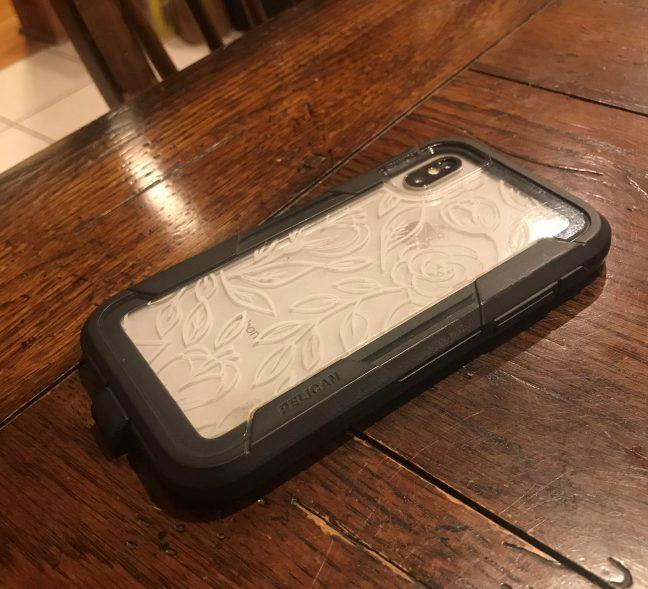I think we can officially say that we’ve hit a new era in human culture, and it’s that of the quarantine.
Across the country, people are gearing up for the growing spread of COVID-19. The list of states issuing stay at home orders continues to climb, and people are finding themselves trapped in their homes.
Because of this, there’s been a record influx of people online, giving social media platforms a larger pool of people to consistently cater to.
The internet community has swarmed together to create what can only be labeled as “quarantine culture.” The world is exploding with content with platforms like YouTube, TikTok and Spotify providing the tools and space. So what exactly does this new world of the social media lifestyle look like? Let’s visit a few examples.
Virtual Classrooms and Workspaces — Zoom
With everyone stuck at home, schools and a handful of workplaces have transferred to the virtual world. Companies that are able to are now operating exclusively from computers and tech, leaving those who can’t, besides the essentials, out of jobs for the time being.
Students are logging on to Zoom and other facetime software to continue their educations online. Teachers are giving lessons from laptops, but usually just for discussions or office hours.
As we’ve learned, these programs have a limited capacity for people to engage, an example being BBCollaborate Ultra’s 50-person cap.
Besides work and education, family and friends are also connecting with each other through these methods. Some have celebrated birthdays over Zoom calls, and for those turning 21, it seems to be bittersweet.
Social Media — Snapchat
Social media is our new form of socializing. From work to leisure, Everyone is logging on to communicate with their organizations and appreciated interests.
Facebook, Instagram and Snapchat are climbing in user access, and are doing what they can to provide accurate info about COVID-19.
Snapchat, for example, is filtering content so that anything coronavirus-related is true and in the public’s best interest. Most, if not all, information shared is from quality news outlets and other more serious content creators.
Besides that, Snapchat has been the number one way adolescents communicate for almost a decade, and the outbreak hasn’t changed things. Teens are staying connected with friends and even creating challenges and throwbacks to help curb boredom.
Music Streaming — Spotify
Music streaming platforms like Spotify are among the many that are uploading information tabs about the virus. A whole category has been dedicated to news podcasts and valid facts in order to help those fight against the outbreak.
And because concerts and music events have been canceled, isolated musicians are pumping out tunes for the online community. 5SOS, The Weeknd and Conan Grey just dropped albums and the rap, indie, pop and country scenes are bubbling with new songs.
That’s only what’s happening with the famous. Regular Spotify users have been uploading the most hilarious playlists for a “COVID-19 Quarantine Party.”
All are obviously jokes, and with hits like “Toxic” by Britney Spears, “Don’t Stand So Close to Me” by The Police and “It’s The End Of The World As We Know It” by R.E.M, and you can’t help but laugh.
At the end of the day, comedy takes power away from circumstance, and that’s the greatest segue to our world’s exploding meme culture.
Meme Content — TikTok
That brings us to the wonderland of TikTok. As if it hadn’t already exploded, TikTok has officially become a cultural phenomenon. People are documenting their quarantine experiences with themselves, family and, for the most part, a lack of friends.
Memes of toilet paper currency, mom-developed schedules and social distancing have swarmed the app, travelers are uploading clips that infect us with wanderlust and everyone is trying to renegade!
Some have even called it the best time to garner fame and “go viral,” so if you haven’t already, think of this as a little encouragement.
Video-Uploading — YouTube
Along with the fact that coronavirus is one of the most searched keywords, most content has centered around the outbreak. The trending page is filled with COVID-19-related content, whether from news outlets or the usual popular stream of YouTubers. Most aren’t acting in the traditional forms of social distancing, but hey, they mention it from time to time.
There’s been an influx of content, but YouTube and other video-uploading platforms have recently announced that they’re increasing video removals during the pandemic.
The site wants to ensure that honest updates and information are shared, but the main reason is that they are switching from human to automated review systems.
So though people are uploading more, YouTube warns creators that more will most likely be deleted by the AI.
UPDATED: UW System to provide student housing residents with refund
If a pandemic could send a world into quarantine, 2020 was the lesser of the evils. We’ve been connected more so now than ever before, and we don’t even have to leave our homes to do it.
Even in fear and isolation, it’s a blessing to know that we can still communicate in a crisis.


